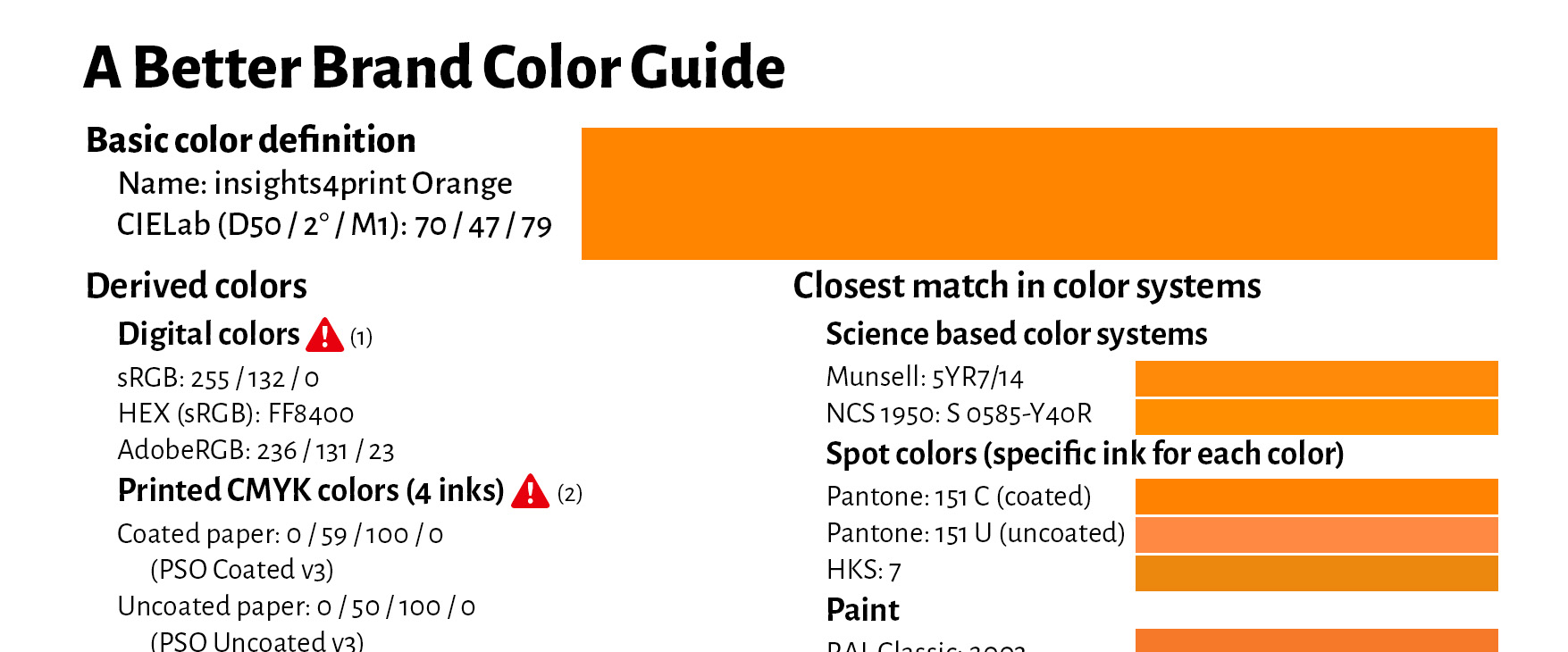SAUERESSIG e.GEN—provider of prepress services & tools—has announced an alternative to Pantone for Adobe Illustrator & Photoshop users with their c.CLOUD—cloud-based color database plugin.
To connect c.CLOUD with Adobe products, a plugin for Illustrator & Photoshop is provided that retains Adobe’s user interface. Using c.CLOUD, Adobe users can deliver color libraries based on freely available spectral data like CIELAB HLC.
According to the company, color recipes, color information and printing parameters can be integrated into c.CLOUD’s color standard, and accessed anytime. The cloud-based color database facilitates data transfer across an entire supply chain for brand consistency.
Click here for more information.
To connect c.CLOUD with Adobe products, a plugin for Illustrator & Photoshop is provided that retains Adobe’s user interface. Using c.CLOUD, Adobe users can deliver color libraries based on freely available spectral data like CIELAB HLC.
According to the company, color recipes, color information and printing parameters can be integrated into c.CLOUD’s color standard, and accessed anytime. The cloud-based color database facilitates data transfer across an entire supply chain for brand consistency.
Click here for more information.











